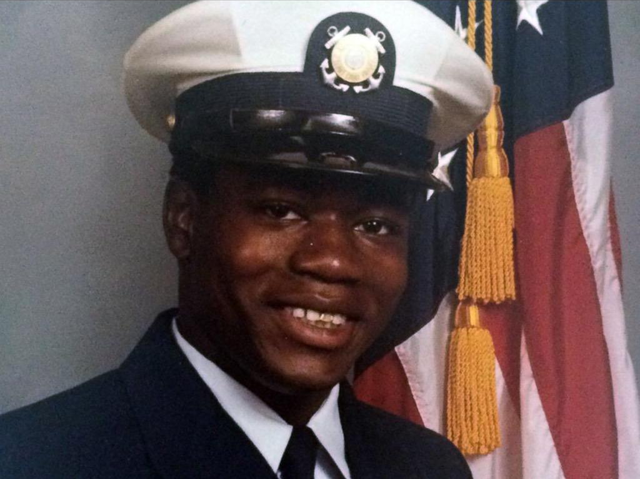The following essay appears in full at HoodFeminism.com. It was made possible in part by Arsenal For Democracy.
Weeks ago in McKinney, Texas the police were called about a disturbance at a neighborhood pool party. In one of the many viral videos, there’s an officer running around cursing at teenagers – mostly Teens of Color. In the video you distinctly hear them ask why they were being detained and why they were being told to leave a party to which they’d been invited. Notably, they were asking politely. A bikini-clad girl looking for one of her friends is told to leave with another group of girls; as they leave, the officer becomes upset and grabs the girl, slamming her to the ground multiple times, while her friends ask why she’s being arrested. When her friends attempt to help her, the officer pulls a gun on the group.
Aside from the obvious racism, it’s important to pay attention to the racialized misogyny (misogynoir) that also takes place. Looking at the videos, it’s clear to see that the officer, David Eric Casebolt, was being excessive in his attack on the girl, Dajerria Becton. It’s scary to see a grown man be so violent towards any small, bikini-clad 14 year old girl – the officer treats Miss Becton as if she were a much bigger, much stronger person. It’s even more alarming when you realize that Casebolt was specifically targeting teens of color.
If that girl hadn’t already learned before — if any of those teens hadn’t already learned before — they learned that day that being Black in public is considered a threat to the police. Even if you’re doing nothing wrong. Even if you’re only 14. Even if you obviously have no weapon. Even if you are polite.
If a group of teens can have the police called on them for being at a pool party they were invited to, the problem isn’t them — it’s the belief that simply because they are there they are causing trouble. This is especially true for Black girls, who have to live at the intersection of racism and sexism that denies them their girlhood. As is evident from the altercation that got police called to the neighborhood in the first place.





